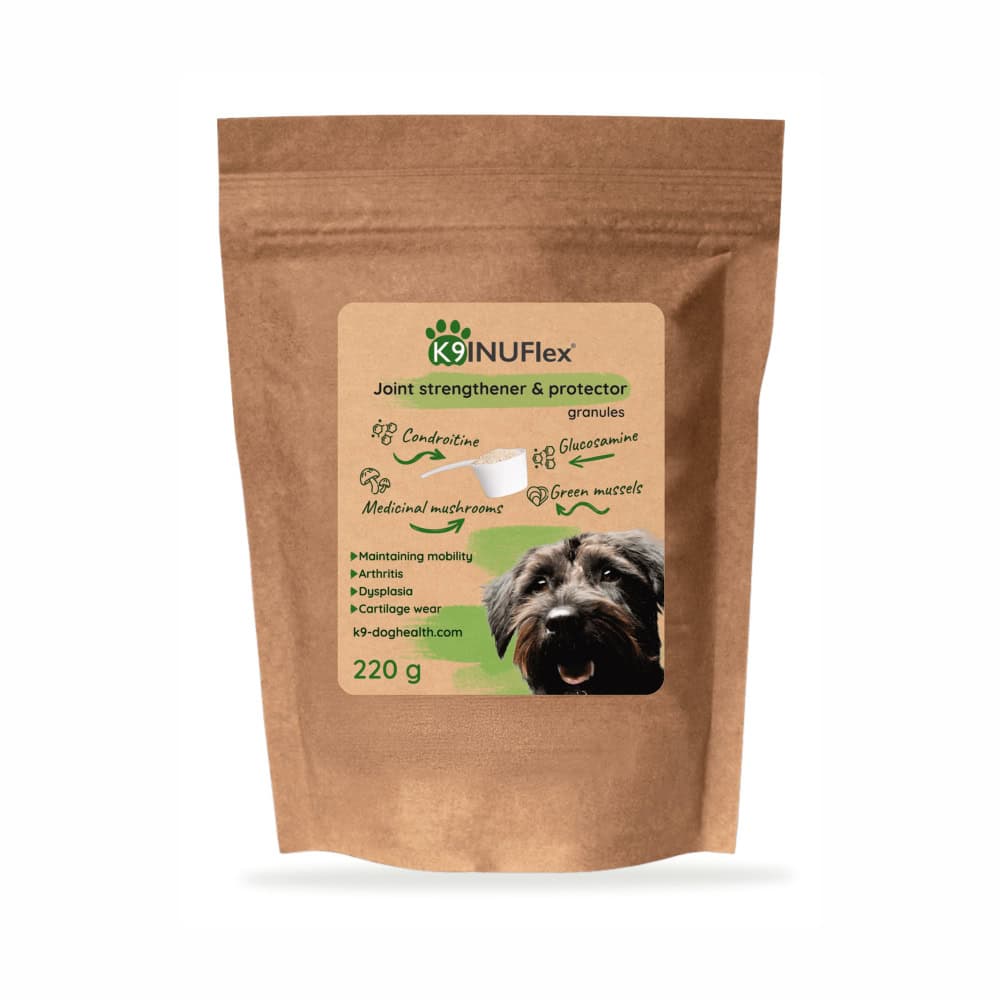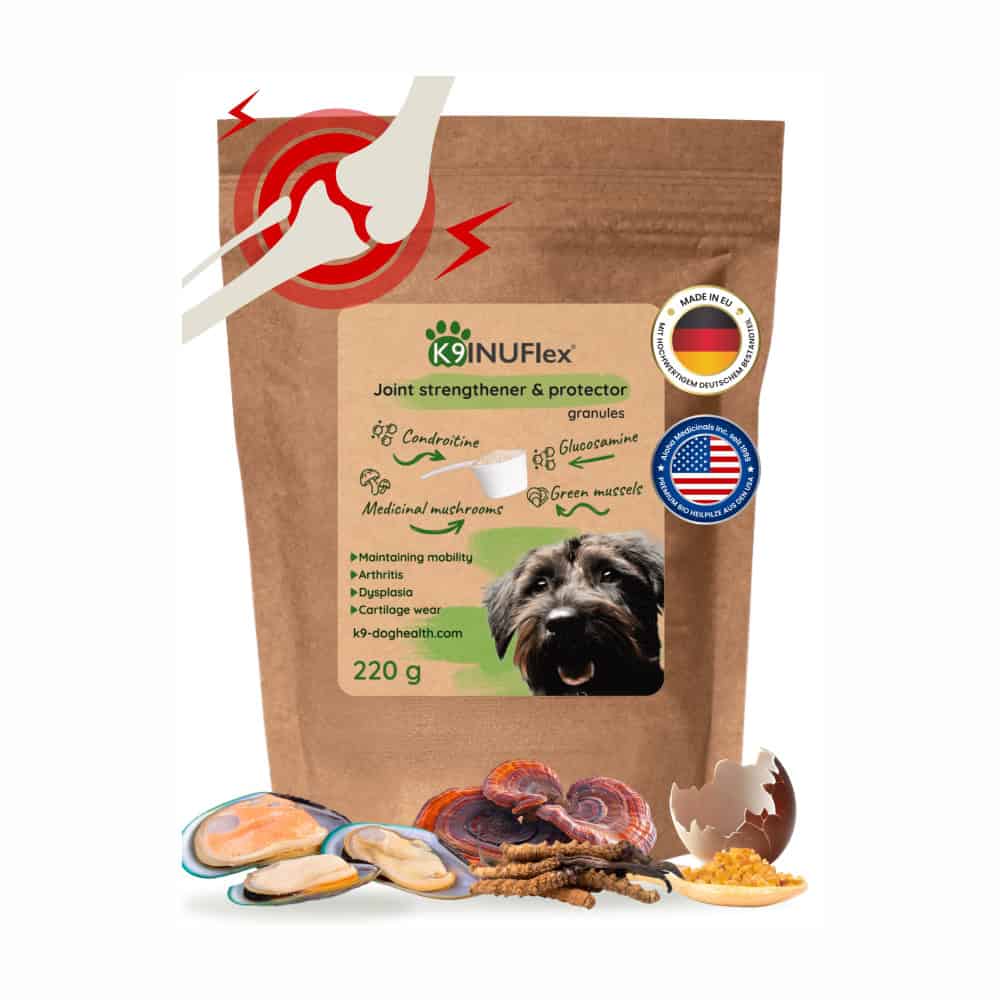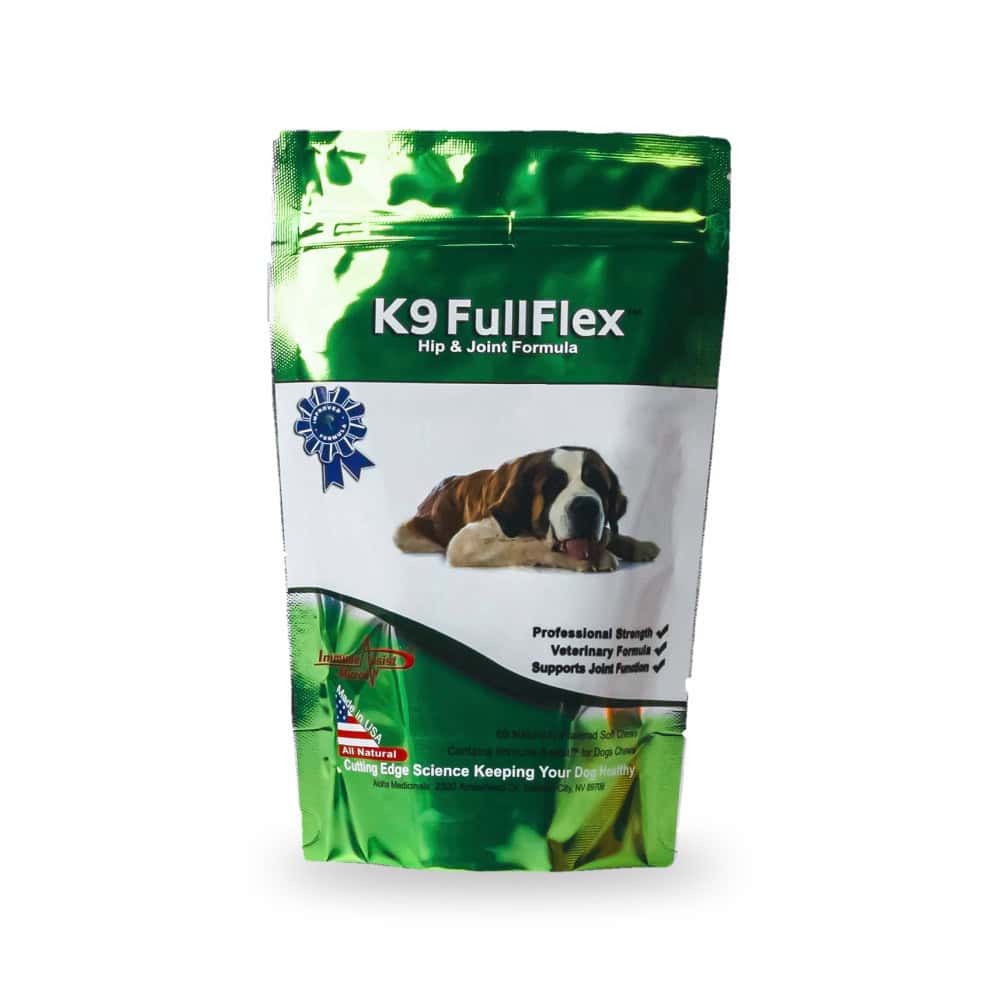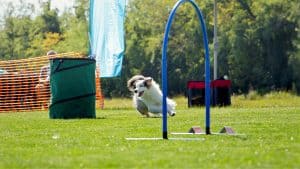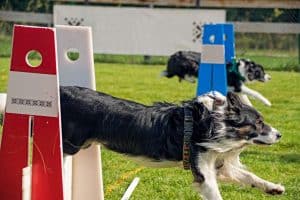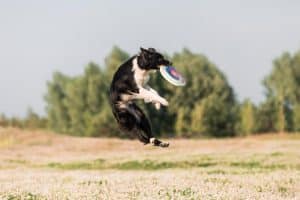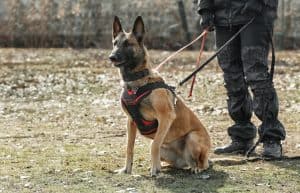
Mantrailing, or person tracking, is a dog sport that’s not yet widely known in Europe but is very popular among service dogs worldwide. Its basis – searching for missing or escaped individuals with the help of dogs – has a long history. I’m not revealing any big secret by saying that dogs are more suitable than any instrument for successfully locating people, even based on tracks that may be several days old. In the animal kingdom, their unique cooperative skills and trainability, along with their excellent sense of smell, make this possible.
Mantrailing fundamentally differs from “classic” tracking.
The latter is part of IPO trials, where dogs are taught and expected to follow ground disturbances and scent tracks left on the ground with precision. In contrast, mantrailing is based on the fact that every person emits a unique scent over their entire body. So the tracks remain not only on the ground but also in the air. This is particularly significant when there are no ground disturbances. (This often occurs in urban, paved environments. Or when the person fled in a vehicle or water.. In such cases, classic tracking faces extreme difficulties and may even fail.)
Classic Tracking vs. Mantrailing
In classic tracking, the dog keeps its nose close to the ground and follows the scent trail precisely. The dog also alerts to any dropped items it finds along the way. In contrast, mantrailing dogs lift their noses and follow airborne scent particles. Because of wind, they may follow the scent several meters away from the person’s actual path. This technique allows them to search faster and cover more ground.
Mantrailing aligns more closely with natural canine instincts. Wolves also use air scenting when hunting in packs. These two methods differ greatly in training and in how the dog searches. According to both English and American experience, combining the two methods can reduce performance. That’s why service dogs usually specialize in just one technique.
However, the methods do not compete – they simply suit different scenarios. One can work better in certain conditions than the other. For example, English police units often bring two dogs and choose the method based on the situation.
A great way to tire your dog out
In addition to its practical benefits, mantrailing offers a sporting opportunity for both the dog and the owner. It’s an excellent way to physically and mentally exhaust the dog and provide an outlet for their energy through joint action with the owner.
Based on service experience, scent hounds, hunting dogs, and long-legged hounds are best suited for mantrailing. German Shepherds and Malinois, however, are generally more appropriate for traditional tracking work. On a hobby level, nearly any fit dog can take part in this activity. Owners also need good fitness, as the training can be physically demanding. After proper preparation, they may walk 10 to 20 kilometers in a single session. They must be ready to follow their dog’s pace the entire time. Overall, success requires a physically active owner and a dog that enjoys nature and adventure. The dog should not hesitate to run through bushes or wade through shallow water if needed.
Equipment Requirements
Mantrailing is not a typical team sport, but you definitely need a helper from the very beginning. (They will release the dog to search for us and later play the role of the missing person.) It’s advisable to choose patient and tolerant people as helpers because, at higher levels, you may have to wait for hours at the hiding spot.
For beginners, a 5-10 meter tracking leash and harness are necessary. The good tracking harness is comfortable and doesn’t hinder the dog’s movement. The harness also has another significant role. It “turns on” the dog and releases it from leash discipline, preventing unintentional pulls and frustration in the dog. Later on, you may need a mobile phone or GPS navigation (for possible contact with the “missing” person), a headlamp, drinking water, and a visibility vest.
Training and Initial Steps in Mantrailing
In this activity, it’s fundamental to trust your dog from the very beginning because the trail it follows is imperceptible to us. Moreover, the wind can carry the scent over long distances, so the dog may follow the trail in seemingly “impossible” places.
Training the dog is always done with positive reinforcement!
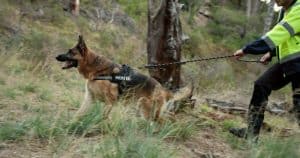
The way the trail is laid is different from the traditional method; visible ground disturbances are not left behind. At lower levels, the searched person follows a predetermined path. Above a certain level, it’s not advisable for the dog handler to know the hiding place or the direction of movement of the searched person, as this could unintentionally influence the dog.
Starting Mantrailing
For dogs without prior training in activities like IPO (International Prüfungs-Ordnung) or those not specifically trained for search purposes, the training begins with the search for the owner. Initially, the dog sees where the owner is heading, but then no longer does, or only for a short distance. They can see where the owner is leaving, but afterward, they must rely on their nose. At this stage, the dog works without a leash over shorter distances. In the beginning, it’s essential to minimize distracting factors and create a situation where the dog uses its nose. It is important that the dog cannot see the owner. The owner should only make a sound if absolutely necessary.
Then, the training progresses with familiarization and searching for strangers and teaching scent collection. Additionally, it involves introducing distractions deliberately and gradually. (Longer tracks, time gaps, a richly distracting environment, other people, animals, overlapping tracks, wind, changes in temperature, and humidity). Only one criterion changes at a time, so for example, when searching for a stranger, we initially reduce previously introduced distractions. In the beginning, the scent sample worn by the searched person should be for at least half a day or a full day. When teaching signaling, it helps if the searched person truly hides. At the end of a track, the dog has more difficulty indicating a person who is behaving naturally. There is no teaching of object indication in mantrailing.
If the dog makes a mistake, the search should be restarted from a known, correct starting point, encouraging the dog and avoiding negative effects.
Overall,
mantrailing is a complex activity that taps into a dog’s natural instincts, but it also requires structured training and a strong bond of trust. It’s a varied and exciting pursuit, but one that demands dedication and perseverance. Whatever sport you do with your dog, it’s a good idea to use supplements to help alleviate the increased physical strain. Check out our Hip & Joint support products.
If you’re interested in other dog-related topics, we invite you to explore the world of guard dogs, where discipline meets instinctive protection. Discover the world of canine weight pulling or the excitement of Flyball, a fast-paced team sport for dogs. Want to support your dog’s digestion naturally? Learn how to make homemade probiotics for dogs. You can also read about shoulder dysplasia, a condition especially important for large breeds, or explore the different types of tumors in dogs to help recognize the signs early and support your pet effectively. If you’d like to read about human scent tracking in Hungarian, click here.
